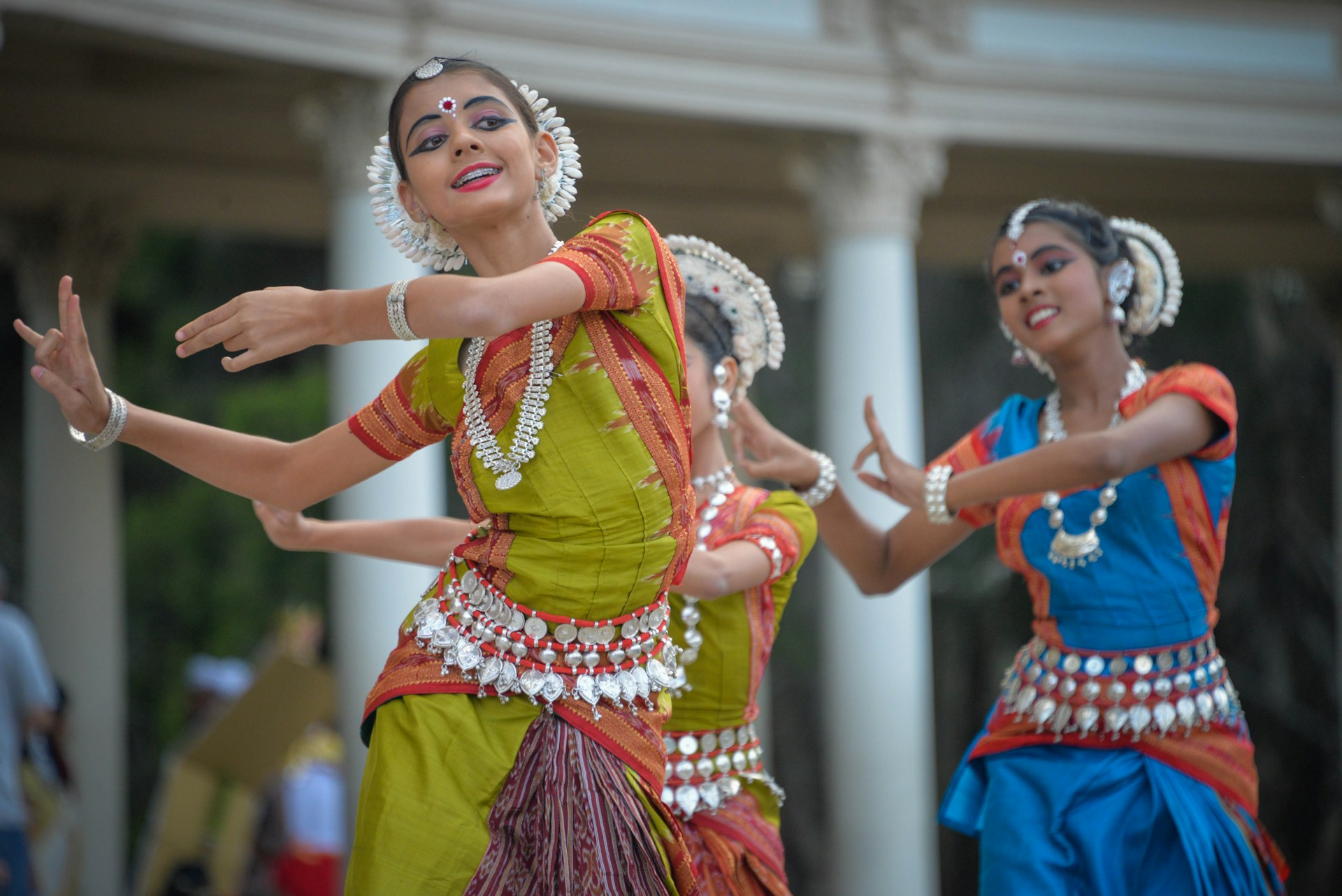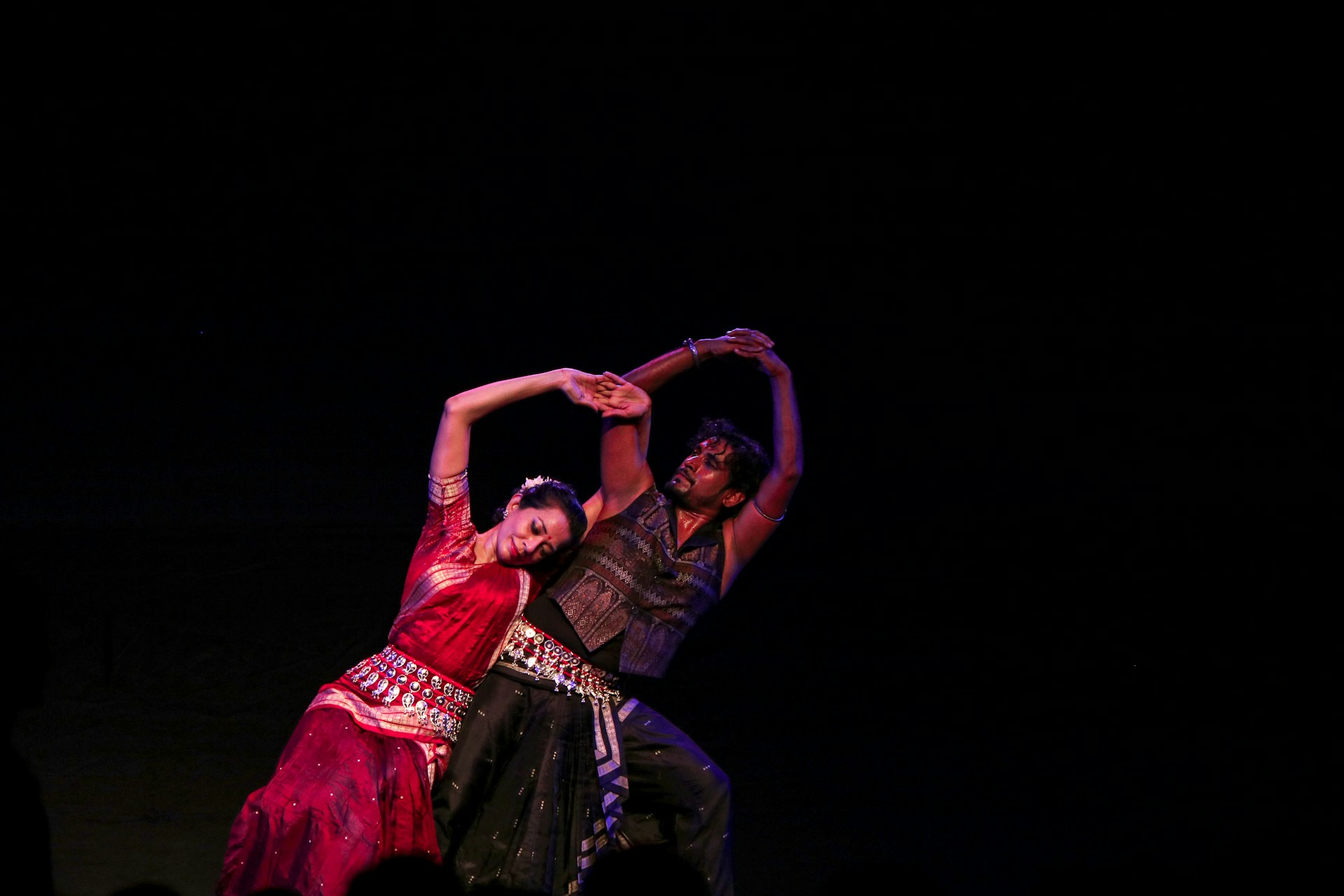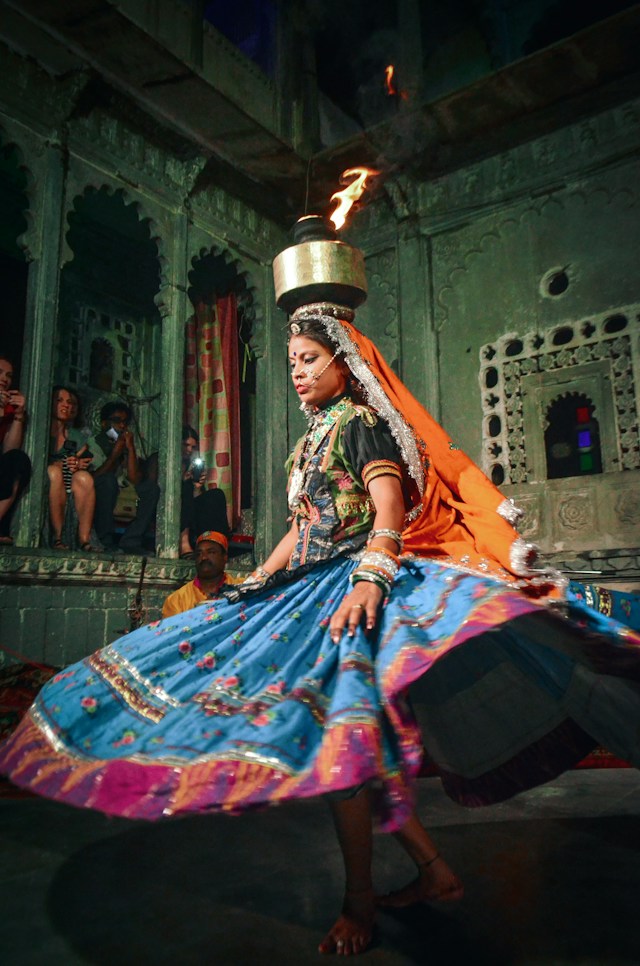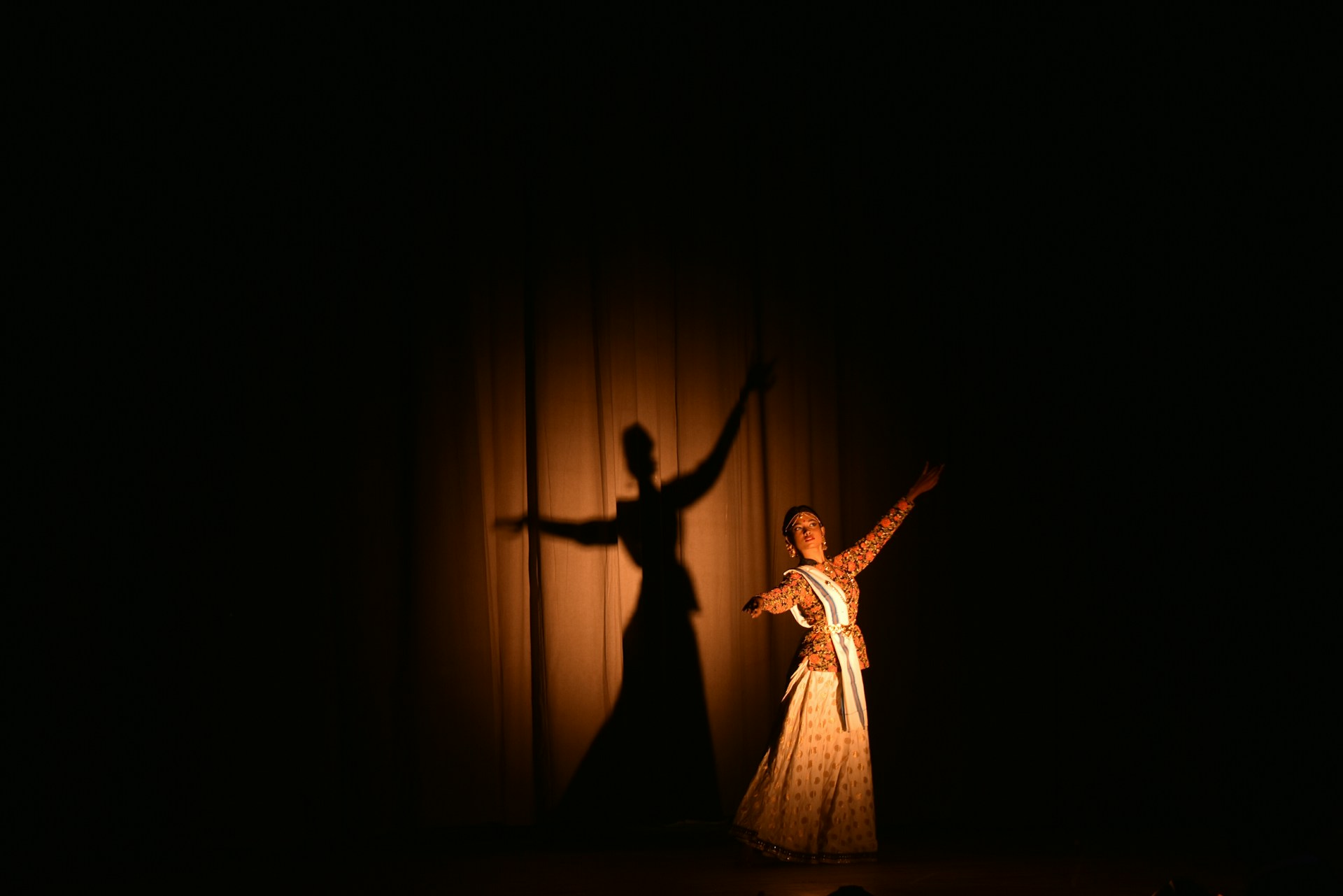Tamil Cinema, also known as Kollywood, took its first steps with silent films in the 1910s, transitioning into sound films in the 1930s. Over the decades, it has evolved into a powerhouse of creativity, producing films that range from gritty realist dramas to larger-than-life musicals. This industry has given birth to iconic stars, visionary directors, and musical geniuses, contributing significantly to the national and global film landscape.
Music and dance are not just art forms in Tamil culture; they are threads woven into the fabric of everyday life. From ancient temples’ rituals to modern-day festivals, every aspect of Tamil life is imbued with music and dance. This deep-rooted significance is reflected in Tamil cinema, where music and dance transcend their roles as mere entertainment elements. They are powerful mediums of storytelling, emotional expression, and cultural representation.
This blog aims to explore how music and dance have not just influenced but fundamentally shaped the identity and evolution of Tamil Cinema.
Let’s begin…
Historical Evolution
The inception of Tamil cinema was heavily influenced by the region’s rich musical and dance heritage. Traditional forms like Bharatanatyam, a classical dance, and folk music played a pivotal role in shaping the early narrative and aesthetic of Tamil films. These art forms, deeply rooted in Tamil culture, provided a familiar and resonant backdrop for the storytelling in cinema.
Films like ‘Kalidas’ (1931), the first Tamil talkie, heavily incorporated these elements, making them a staple in Tamil cinema. This era saw the seamless blending of narrative and performance, where songs and dances were not just add-ons but essential components of the film’s storytelling fabric.
The 1950s and 1960s, often referred to as the Golden Era of Tamil cinema, witnessed the emergence of legendary composers like M.S. Viswanathan and choreographers like Hiralal. Their innovative work elevated the role of music and dance in films, creating a new benchmark for artistic expression in cinema.
This era was marked by iconic music and dance sequences that have become an integral part of Tamil cinema’s legacy. Films like ‘Nadodi Mannan’ (1958) and ‘Pasamalar’ (1961) featured sequences that were not only technically impressive but also emotionally resonant, creating a deep and lasting impact on audiences.
Modern Developments
The late 20th and early 21st centuries saw significant technological advancements in film production and music recording. These changes allowed for more elaborate and sophisticated music and dance sequences. Enhanced sound quality and visual effects brought a new dimension to these performances, making them more immersive and impactful.
Contemporary Tamil cinema is characterized by a creative fusion of traditional and modern musical and dance styles. This fusion is evident in the works of composers like A.R. Rahman and directors like Mani Ratnam, who have blended classical and contemporary genres to create a unique and modern cinematic language.
Cultural Significance
Tamil cinema uses music and dance not just as forms of entertainment, but as powerful tools for expressing regional identity. These elements often incorporate traditional motifs, lyrics, and rhythms that resonate with the Tamil audience, creating a sense of shared cultural heritage. They act as cultural signifiers, bringing to the forefront the customs, traditions, and values of Tamil society. Films serve as a medium through which the rich tapestry of Tamil culture is both celebrated and conserved.
Social and Political Themes
Tamil cinema has historically used music and dance to comment on and bring attention to social and political issues. Song lyrics often contain subtexts that reflect societal concerns, while dance sequences can be used to symbolize rebellion, unity, or social change. These artistic expressions provide a platform for filmmakers to engage with and provoke thought about prevailing social norms and issues.
For the Tamil diaspora, cinema acts as a crucial link to their homeland, with music and dance sequences evoking nostalgia and a sense of belonging. These elements help maintain a connection with their roots and play a significant role in the cultural identity of Tamils living abroad. The universality and appeal of these art forms have made Tamil cinema a global ambassador of Tamil culture.
Artistic Influence
Music Composers and Playback Singers
The landscape of music in Tamil cinema has witnessed a remarkable evolution, moving from the classical and folk-inspired tunes of the early 20th century to the eclectic, genre-blending sounds of today. This evolution reflects the changing tastes and cultural dynamics of Tamil society. The journey from the orchestral grandeur of Ilaiyaraaja’s compositions to the contemporary and global influences in A.R. Rahman’s music exemplifies this transformation.
Figures like Ilaiyaraaja, A.R. Rahman, S.P. Balasubrahmanyam, and P. Susheela have not only defined the sound of Tamil cinema but have also contributed to its global recognition. Their innovative approaches to music production and vocal performance have left an indelible mark on the industry.
Dance and Choreography
Dance in Tamil cinema has evolved from traditional classical forms to a fusion of various styles, including Western and folk. This evolution mirrors the changing narrative styles and aesthetic preferences in Tamil cinema. Choreographers have continuously innovated, incorporating diverse dance forms to create visually captivating sequences that resonate with audiences both locally and globally.
From the classical elegance of Raghuram to the dynamic and innovative styles of Prabhu Deva, these choreographers have introduced new vocabularies of movement, making dance an integral part of cinematic storytelling.
Global Impact and Cross-Over
The appeal of Tamil music and dance has transcended the boundaries of Tamil Nadu, finding an enthusiastic audience across India. The catchy rhythms, melodious tunes, and energetic dance sequences have been embraced by diverse audiences, making them a staple in many Indian households. This pan-Indian appeal has led to the remaking of Tamil songs and dance sequences in various other Indian languages, amplifying their reach and impact.
Tamil cinema has seen numerous collaborations with artists from other film industries, both within and outside India. These collaborations have not only enriched Tamil cinema with new styles and techniques but have also helped in promoting Tamil music and dance on a larger scale. The cross-industry exchange has been pivotal in bringing a global perspective to Tamil cinema while maintaining its unique cultural identity.
International Recognition
Tamil films have been regular features in international film festivals, gaining critical acclaim and showcasing the richness of Tamil music and dance to a global audience. Films like ‘Roja’ and ‘Bombay’ have been lauded for their musical scores, while dance sequences from various Tamil movies have caught the attention of global cinephiles. The universal language of music and dance has helped Tamil films carve a niche in the global entertainment industry.
Contemporary Trends
Contemporary Tamil cinema is characterized by a spirit of experimentation and innovation in music and dance. Composers and choreographers are constantly pushing the boundaries, blending traditional elements with modern genres and technologies. This has led to the creation of unique soundscapes and dance sequences that are both contemporary and deeply rooted in Tamil culture.
With globalization and the internet making the world a smaller place, Tamil cinema has increasingly incorporated global music and dance trends. This has resulted in a rich and diverse musical and choreographic palette, appealing to a wider, more varied audience. From hip-hop beats to electronic dance music, Tamil cinema is embracing a variety of global influences, making it more accessible to a younger, more global audience.
Conclusion
The enduring impact of music and dance on Tamil cinema is undeniable. They have been instrumental in shaping the narrative, aesthetic, and emotional landscape of Tamil films. The legacy of iconic composers and choreographers, along with the cultural and social narratives woven into music and dance sequences, have cemented their place in the hearts of audiences worldwide.
Looking ahead, the interplay between music, dance, and Tamil cinema holds immense potential. With emerging talents and technological advancements, Tamil cinema is poised for further innovation and global outreach. While challenges in maintaining the authenticity of these art forms exist, the opportunities for creative exploration and cultural fusion are boundless.



